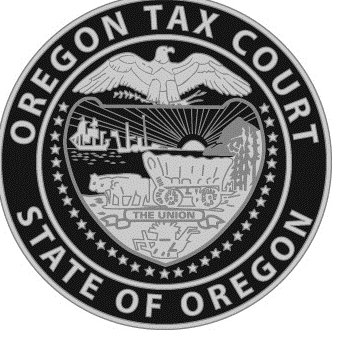Originally published on Forbes.com Aug 14th, 2014
It can be a bit challenging to obtain recognition as a tax-exempt organization by the IRS. Last month’s decision in the Oregon Tax Court in the case of Newspace Center for Photography shows that gaining exemption from local property taxes is much more challenging. The Multnomah County Assessor did not question that NCP was a 501(c)(3) organization – the gold standard for federal tax exemption. The assessor also did not question that according to its bylaws it is organized “exclusively for charitable and educational purposes”. Nonetheless, the Assessor expected to collect property tax on its facility.
About NCP
Newspace Center for Photography, located in Portland, Oregon, is:
…an educational and cultural nonprofit that is dedicated to promoting photographic education and appreciation to the public as well as providing a space and building a community where photo enthusiasts can learn, create, discuss and show their work.
NCP’s facility is described in the decision:
Plaintiff leases the subject property, which is located at 1632 SE 10 th Avenue in Portland. The first floor is the larger of the two floors and is comprised of an art gallery that one enters when coming through the front door of the subject property. To the left of the gallery is a counter, or information desk, staffed at all times during the gallery’s operation, usually by volunteers. Additional rooms on the first floor are a classroom, two darkrooms, a photography studio, staff offices and a library. The smaller second floor has a classroom, a traditional “film” developing darkroom, and a lounge.
You can take a tour if you would like.
The decision highlights four activities conducted by NCP.
The two primary activities are the contemporary photography exhibits in the large gallery on the first floor and photography classes held in the classrooms on the first and second floors. The other two activities Plaintiff provides are lectures and guided tours.
Finances
In both 2012 and 2013, NCP grossed between $400,000 and $500,000. Over 75% of the revenue was from program service fees – classes and workshops, darkroom and studio rental, juried exhibitions and registration fees. On the expenditure side, it counted “gifts and giving” of just over $60,000 in 2013 split roughly equally between scholarships and open public access to the galleries and lectures.
The Standard
To qualify for property tax exemption in Oregon,
“(1) the organization must have charity as its primary, if not sole, object; (2) the organization must be performing in a manner that furthers its charitable object; and (3) the organization’s performance must involve a gift or giving.”
Exemption applies to
…only such real or personal property, or proportion thereof, as is actually and exclusively occupied or used in the literary, benevolent, charitable or scientific work carried on by such institutions.
Court Rules NCP Not “Charitable” Enough
It is difficult to find a clear element of charity in Plaintiff’s stated purpose. Photography education and public awareness are culturally enriching, but not necessarily charitable. Plaintiff has a building with a gallery that displays photography, classrooms for photography classes, darkrooms, and digital photography laboratories. The public is free to stroll through the gallery looking at pictures on the walls and attend several lectures each year free of charge. However, photography classes are taught for a fee and the public must pay to use Plaintiff’s photography laboratories, darkrooms, and studio….
Looking first to that part of the meaning of charitable which relates to the benefiting of mankind, it is clear that the statute is not intended in the broad sense of the word. That is, while various cultural events, historical societies or other organizations may benefit mankind, they are not charitable within the strict meaning of that term.
Then there is the element of “gift-giving”.
Most of the scholarships go to volunteers, which is characterized as a close looped since the volunteers are giving something in return. The Court was also skeptical about counting public access to the gallery as “gift-giving” since photographs in the gallery were for sale.
The Part I Don’t Get
NCP was claiming exemption as a “charitable institution” and came up short. The Oregon statute also exempts “art museums”, which strikes me as less of a stretch. I have not been able to discern why they did not give that a shot.































































































